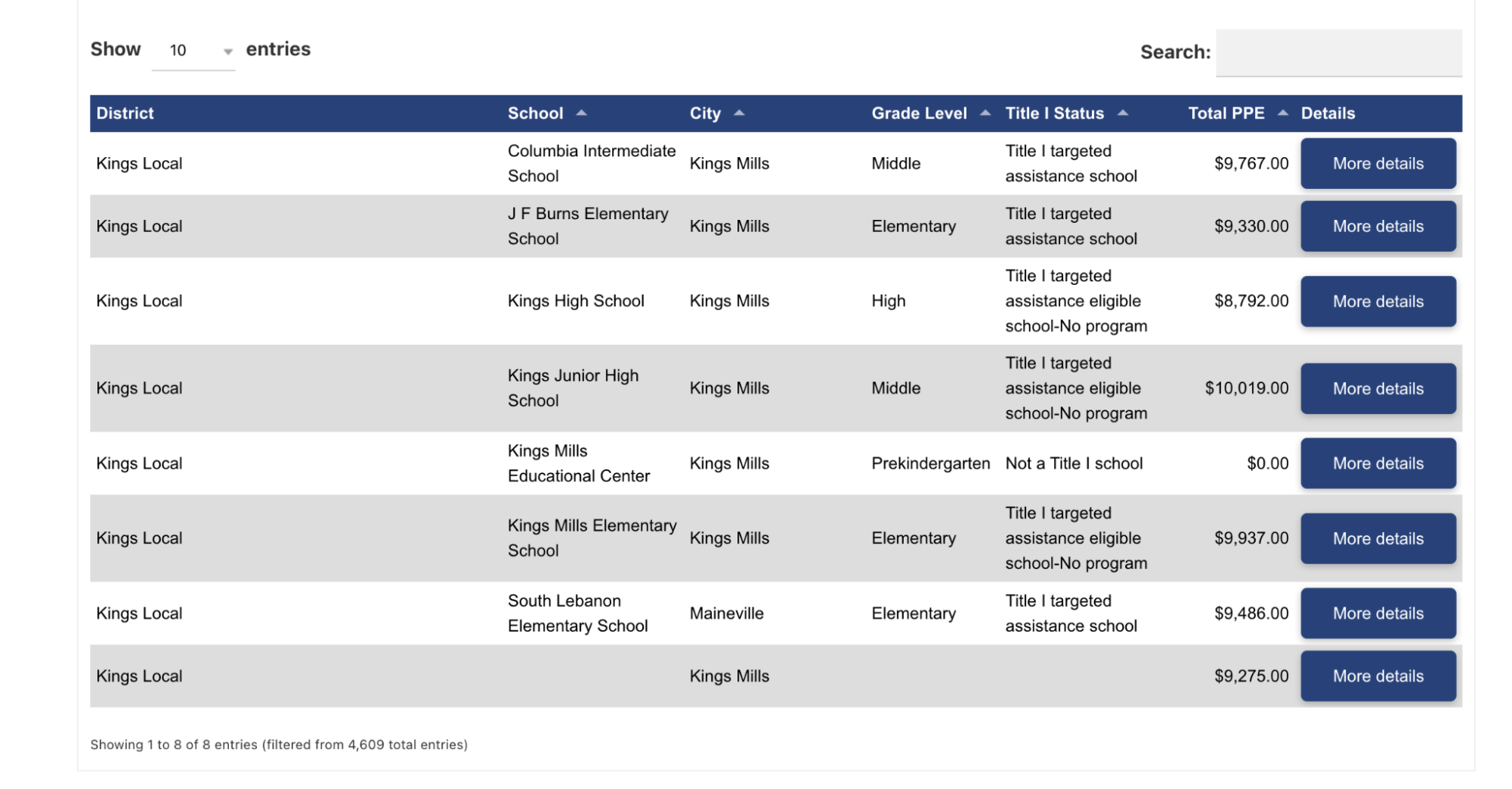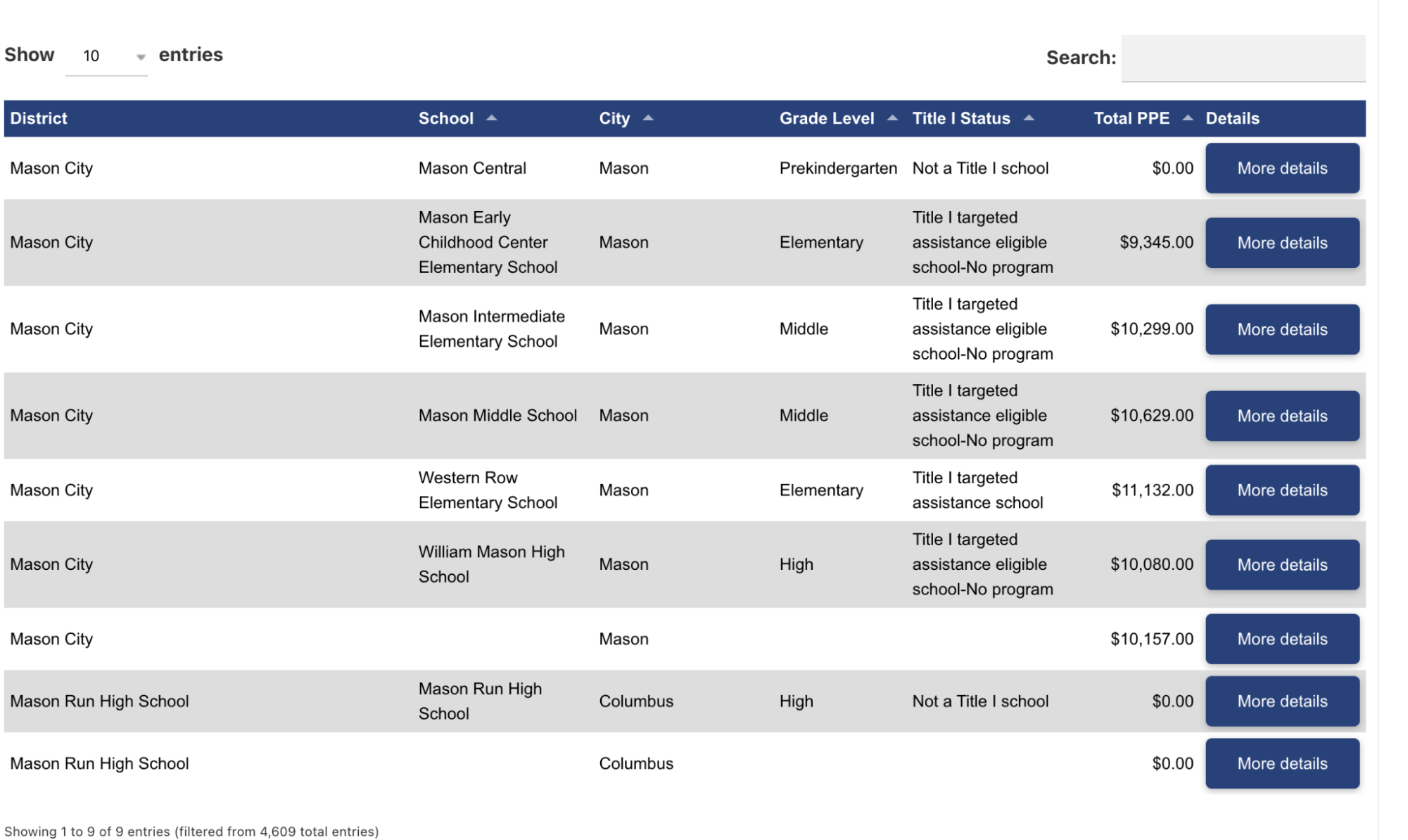Kings High School is known for its high-quality education, but not as well known for the state funding financial struggles it deals with. Kings is known to some for being the school that secretly struggles despite its reputation as a high ranking school in a wealthy district, while some other schools of a similar reputation seemingly don’t have this problem. The failure of the Fair School Funding Plan is due to more factors than just property taxes. There’s a number of reasons that cause funding for Kings to fall below other districts despite the new funding formula being created to “equalize” school Ohio State Public funding.
The first factor that causes Kings to lack funding is the need for district levies. The Kings school district, in November 2022, passed an operating levy in order to raise more funds for the school. At the time of raising the levy, the district was struggling with a lack of funding that the levy was aiming to fix. Kings had not even raised a levy since 2016, which was also an operating levy. The levy was asking for 0.2 million less than the 2022 levy and it ended up passing. Kings had gone 6 years without receiving any levy funding from the community to support its operating costs, which have gone up as the result of increased student enrollment, growing diversity and the pandemic. Had the 2022 levy not passed, the school would have seen a 7 million dollar cut across nearly every expense on top of the already existing deficit, effectively crippling the school.
Another factor that causes a funding discrepancy is that Kings receives less funding from the State due to it being considered a “more wealthy” district. The state grants funding to schools based on the local property tax values of the district and income levels, as well as taking into account state and federal funds(see the Ohio Department of Education website for more information). While it does help to fund lower income districts that don’t raise much money from local taxes alone, it doesn’t take into account other methods of raising money. With Kings receiving less funding than other districts, it relies heavily on alternative funding from levies and fundraisers. However, levies can only do so much on their own, and they’re only passed if they receive enough votes from the community. That means Kings needs to rely on fundraisers and other methods of making money that might not be as efficient. Schools can also receive more or less funding based on the economical state of the students enrolling. Economically disadvantaged students will receive more funding, which furthers the gap even more between wealthier and poorer districts.
While all of these factors can contribute to an overall less amount of money, the most defining issue is with how the formula itself is handled. According to Mike Morrow, the treasurer of Kings Local Schools, the formula is calculated for each school based on old data of the districts and doesn’t take into account the current state of each district. For example, Mason receives $12,594 per student in elementary and secondary education despite its income by school district being $120,456, while Kings receives $12,263 per student while only making $98,406 in income by school district(see this chart for more info). Based on how the Fair School Funding plan works, Mason should be receiving less money than Kings, but instead the exact opposite is occurring. It resulted in the outcome it was created to prevent.
The imperfections of Ohio’s school funding system has caused Kings to become substantially underfunded compared to other local districts. While other high schools can afford to build more buildings and have huge, rich campuses, Kings struggles to meet even the basic necessities of its students. This isn’t the fault of any particular school or person, but rather an issue with how the government distributes funding. Relying on the wealth of the people in the Kings district has ultimately failed and led to a massive difference in the money supplies between schools. The Ohio school funding formula also leaves out many of the substantial factors that can increase or decrease a school’s money supply, and Kings is surely not the only loser of this system.










































T. North • Mar 8, 2024 at 5:47 pm
Good article. Well-thought-out and well written. And, it’s even more relevant now, with an important Kings bond issue on the March 19th ballot.